All About Growing Echinacea
Echinacea, or coneflower, is a self seeding, bunching perennial that is native to North America.
Because it’s a native plant, it’s fairly easy to grow.
As far as light goes, echinacea is technically a plant that needs full to part sun, but it can do fairly well in a shady spot of the garden.
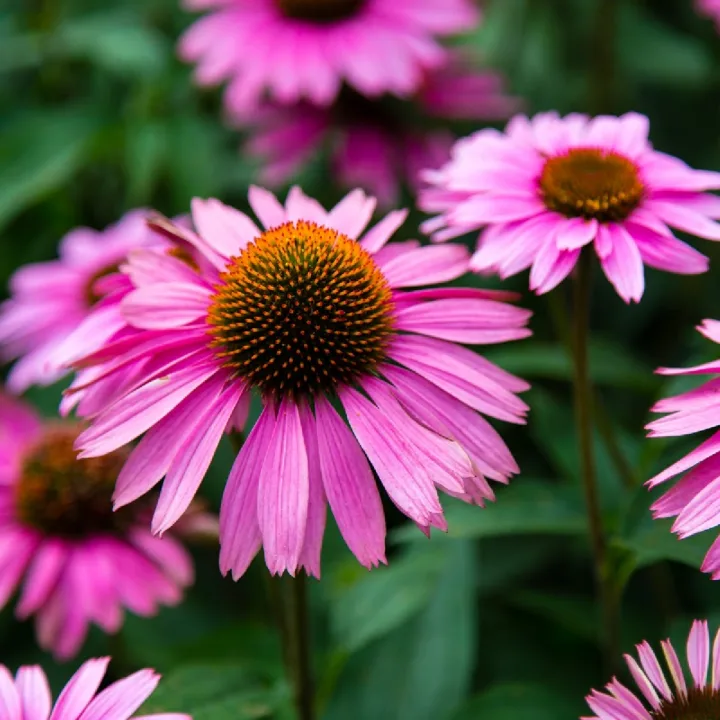
This page may contain affiliate links. I may earn a small commission when you make a purchase, but it does not effect your cost. Thank you so much for your support of A Chick And Her Garden! ~ Staci
Echinacea will help bring a pop of color into an area that can typically be pretty dull.
As far as soil requirements, echinacea tends to do well in most soil varieties, even rocky, poor soil.
But, coneflower cannot tolerate overly wet soil.
Which means I personally need to be careful where I plant.
Nick and I were unfortunately blessed with a soggy, clay based yard. 🙁
Share the love! Pin me for others!
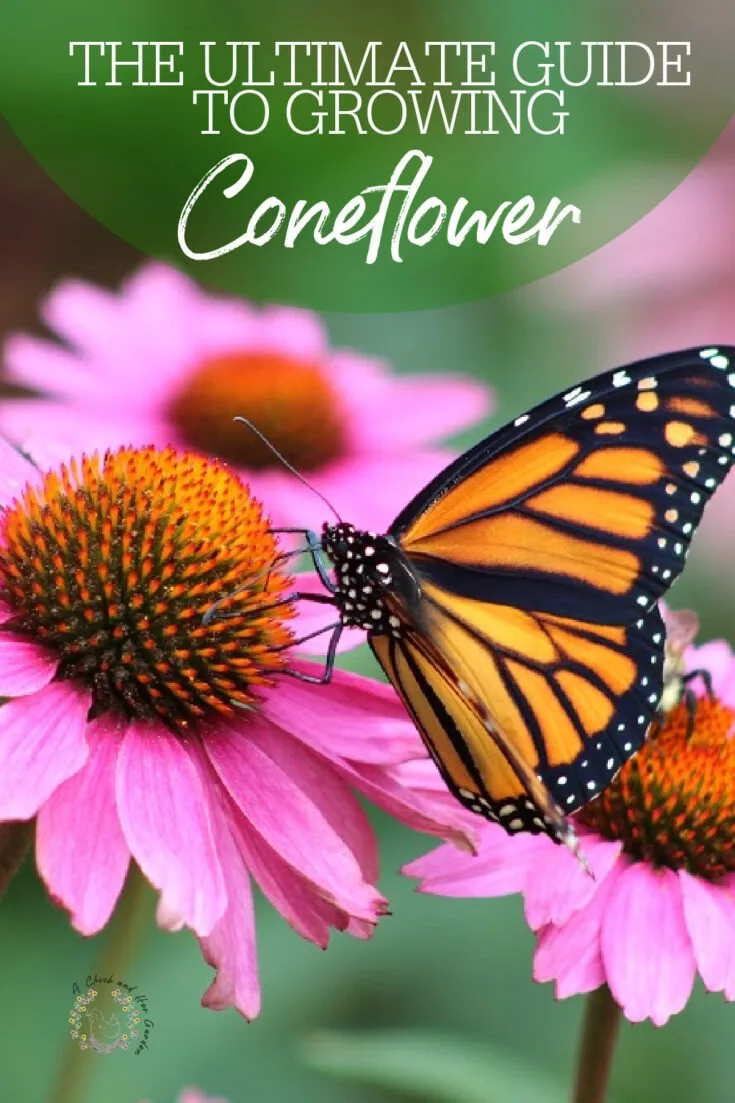
Related Posts:
23 Reasons Why You Need Nasturtium In Your Garden
How to Create an Edible Combination Planter
How To Grow, Use, and Dry Oregano
What to Plant in a Healing Garden
How to Grow Pansies as a Cut Flower
Propagating echinacea is even easier!
I mentioned before that echinacea is a self seeding perennial. So it will multiply on its own.
You can dig up and divide the plants. Or, you can save the seeds and start your own seedlings.
To do this though, the seeds need to go through cold moist stratification.
For this, you just need to snip dry cones off of the plant, break the seeds off the cone, mix in sawdust or vermiculite, and store over winter in the refrigerator!
When you’re ready to start seeds in the spring, they’re all set to be either sewn indoors or direct sewn into the garden!
A huge part of my new found love for echinacea is the variety of colors you can find now!
Typically we see the standard purple coneflower, which I do have in my gardens, but I’ve upgraded this past year to add a few more!
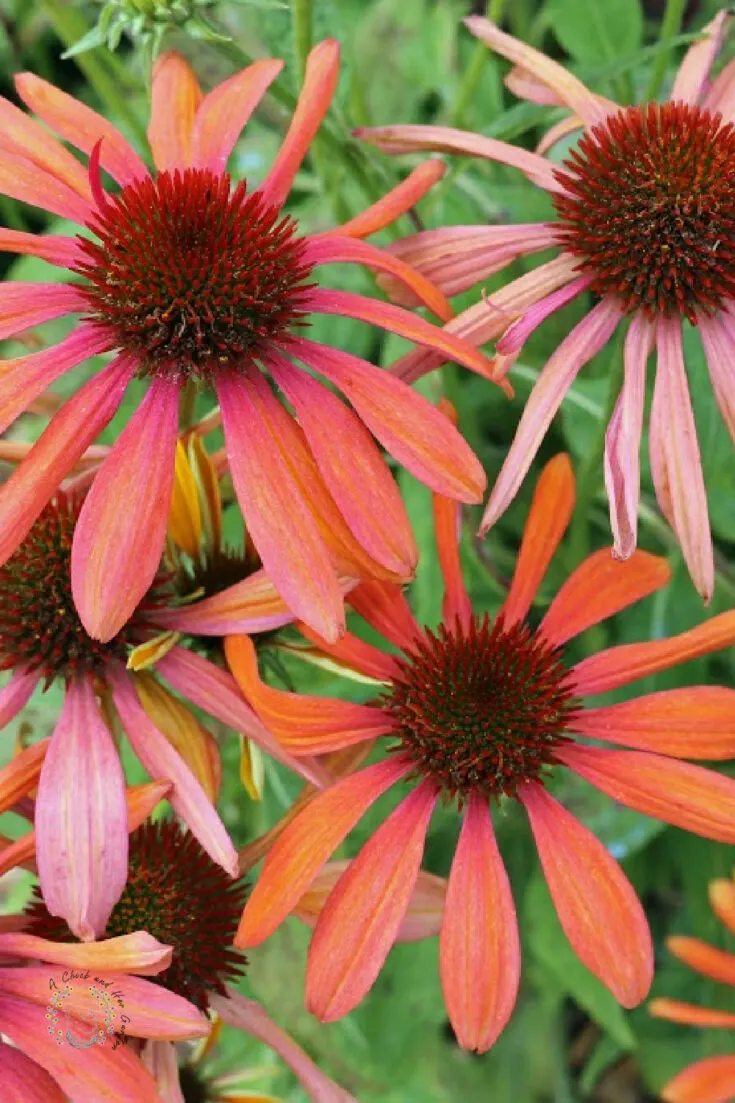
I’ve added “Cheyenne Spirit”, which is the mix in the picture above.
I’ve also added “Tiki Torch”, a bright, almost iridescent orange, and “Tomato Soup” a deep red color! And that’s just a start!
You can find white and green and all of the colors in different shades.
The cones of different varieties vary in color as well!
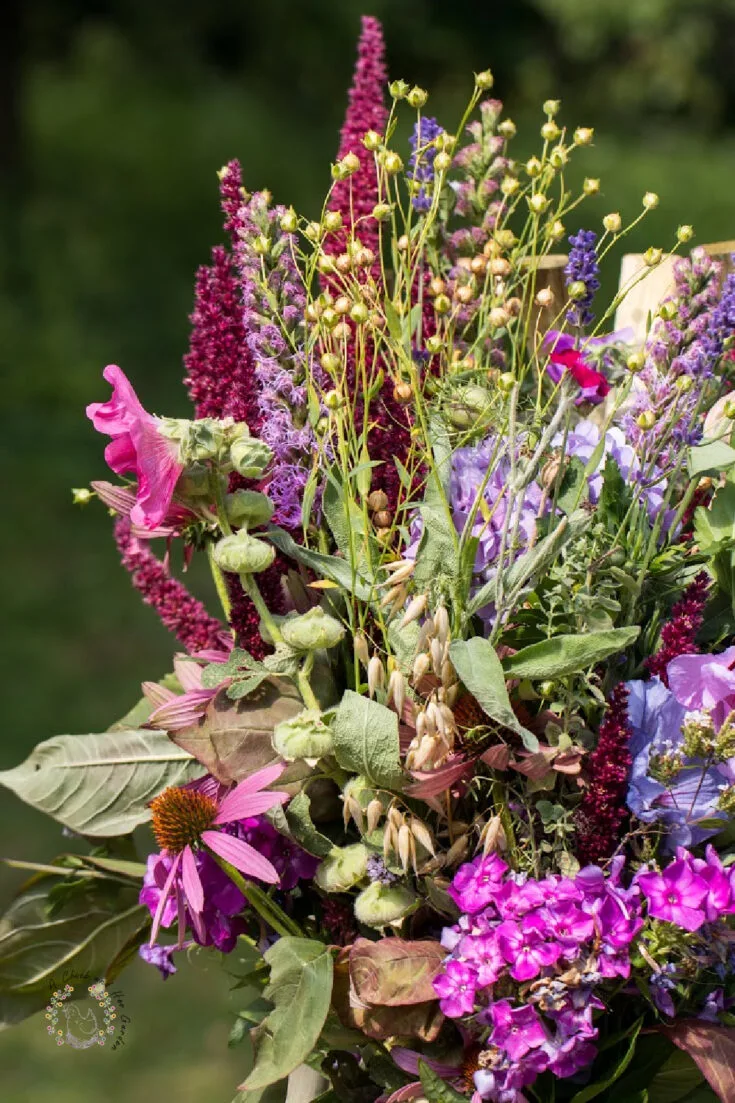
Having different varieties is great for the cutting garden!
Coneflower can be your primary flower, or pick off the petals and use the spikey cones to add fun texture.
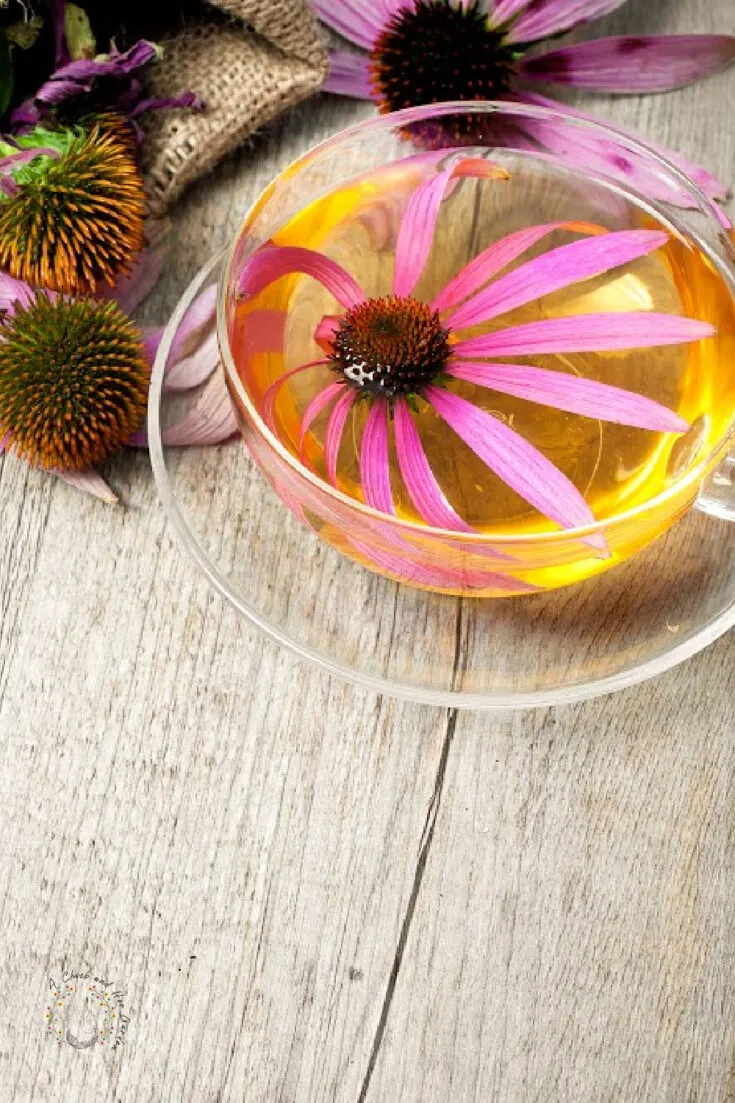
Health Benefits & Uses
You’ve probably heard that echinacea is good for you.
You may have even had a grandma, like me, that swore by the stuff!
Grandma, you were amazing, but you did sound a little bit like a drug pusher every time I had a cold.
You could buy the echinacea supplements at the store. But, if you’re growing echinacea, you might as well dry it and brew yourself some tea!
The roots, leaves and flower heads may all be used to brew tea.
But for a milder flavor and to make life a little easier, all you have to use are the leaves and flower heads.
Fresh or dried flowers and leaves are both great for tea.
Just brew them in some hot water and if you’d like, throw in a few more herbs from your healing garden.
You can also add some lemon or honey!
But what are the health benefits?? Here’s a list:
- Fights and reduces the duration of colds and flu.
- Helps to control blood sugar – Make sure to continue insulin therapy and diabetes treatments. But it’s said to help with sugar spikes and plummeting.
- Full of Antioxidants – which encourages healthy cell growth.
- Great for Cancer Patients – echinacea helps to boost the immune system, and potentially slows growth of cancerous cells.
- Manage Anxiety – A warm cup of tea is calming in itself. But it’s said that echinacea, “helps to regulate the synapses that aid communication between your body and brain” which reduces your fear reaction.
- Anti-inflammatory properties – Echinacea may possibly lower blood pressure, as well as help with arthritis, ulcers, Chron’s Disease symptoms and more!
For help understanding the health benefits of echinacea I found more info here!
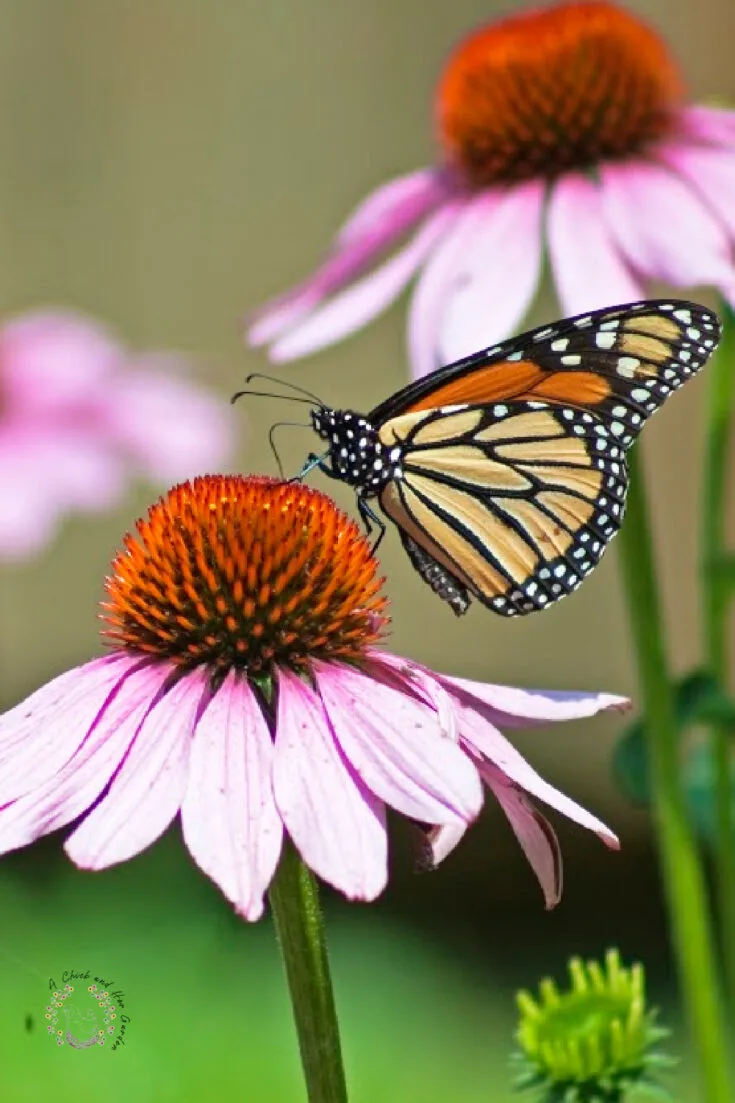
What are the benefits of Echinacea in the garden?
Echinacea isn’t just good for us! It has some pretty great benefits for the garden too!
Pollinators like bees and butterflies are attracted to echinacea, and that helps ALL of the plants!
If you’re a bird watcher, birds are attracted to the dried seed heads in the fall and winter.Because echinacea is a native plant, attracting pollinators and birds, it’s actually encouraging a healthy native eco-system!
After all of that, I’m pretty disappointed in myself for waiting so long to include echinacea in the garden.
But it’s there now and looking lovelier than ever!
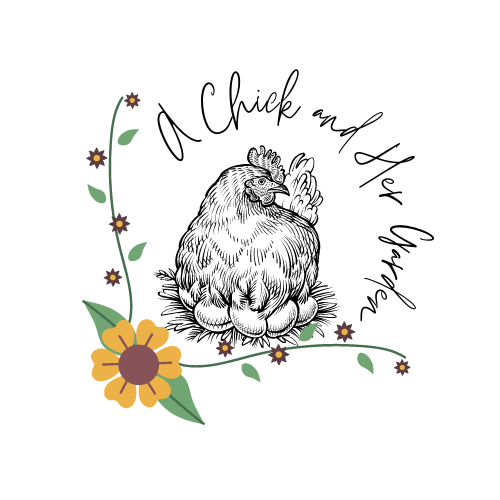
Laurel Fredericks
Wednesday 3rd of July 2019
Enjoyed your informational article. I am a firm believer in the benefits of taking echinacea and love growing them. I was pleased to discover there are redder varieties as well as the standard pink. I'll be growing those next. Thanks
Caroline Gerardo
Sunday 30th of December 2018
I never have luck from seed. My climate is dry but soil is rich. Suggestions? Zone 9
Robert Lyons
Friday 21st of December 2018
What did you do to help your echinacea grow in the moist, clay soil? We have the same type here in north Florida.
Sharon Mcmanus
Monday 17th of December 2018
I'll try your suggestions. I'll let you know the results. Thank you for the information